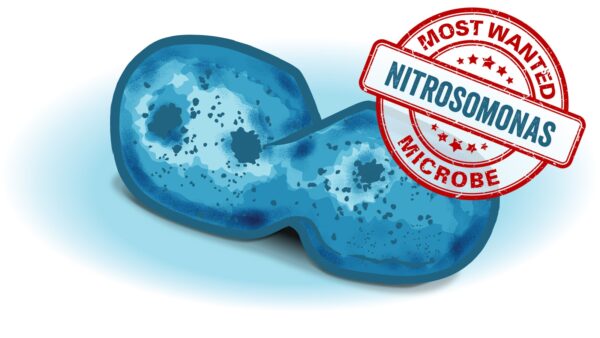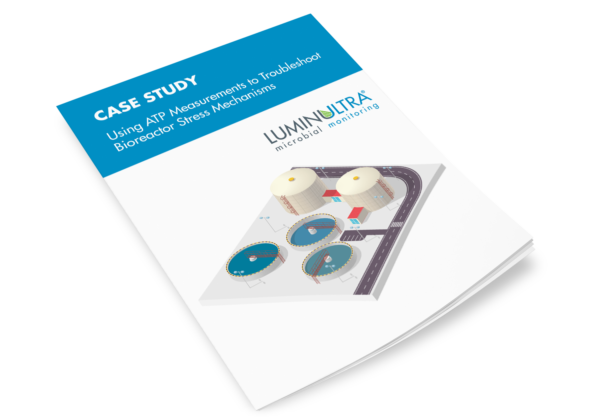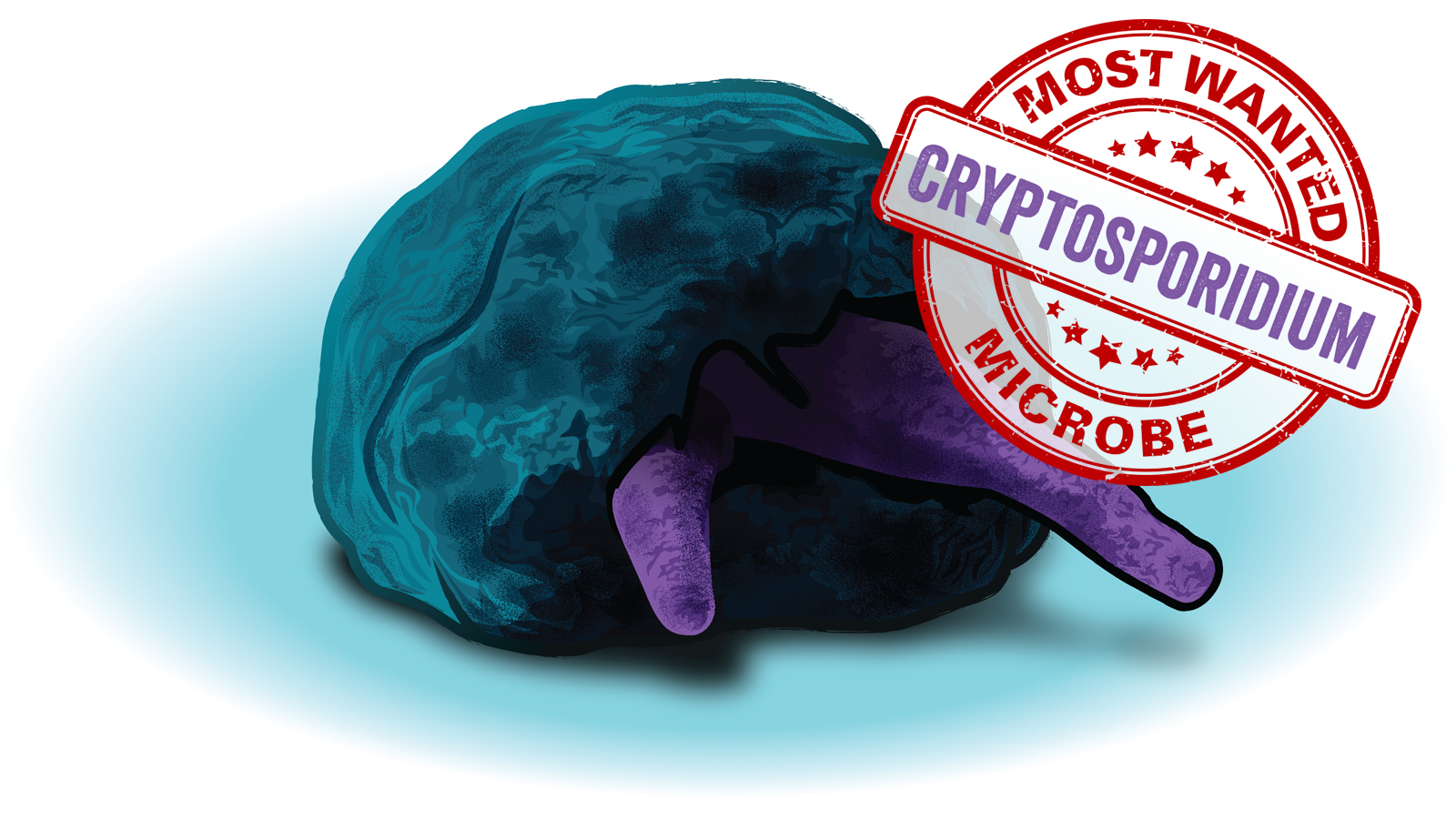From the editor:
This is the fourth post in an ongoing series profiling microorganisms of particular significance in water and wastewater systems. In this series we will cover microorganisms of many types including some that are beneficial, inhibitory and pathogenic.
Nitrification is a two-part process whereby ammonia is converted to nitrate. The first step is the oxidization of ammonia to nitrite by ammonia-oxidizing organisms, such as Nitrosomonas. Once nitrite is formed it is oxidized to nitrate by nitrite-oxidizing organisms, such as Nitrospira. Ammonia-oxidizing and nitrite-oxidizing organisms are both obligate aerobes, meaning they require dissolved oxygen to survive and grow. In the case of nitrifiers, they typically require a minimum of 1.5-2 mg/L dissolved oxygen.
Depending on the application, nitrifiers have beneficial and adverse functions.
- In biological wastewater treatment system, nitrification is beneficial as it removes more ammonia than would otherwise be consumed in the process without nitrification. This is important because many treatment plants are often regulated for ammonia due to its toxicity to aquatic life. To achieve nitrification, treatment processes require longer hydraulic residence times (nitrification cannot occur until a sizeable portion of biochemical oxygen demand (BOD) removal is complete), higher dissolved oxygen concentrations, sufficiently high alkalinity, moderate temperature and low toxicity. A best practice for monitoring nitrification would consist of 2nd Generation ATP (rapid determination of biomass health and toxicity), metagenomics (ensuring the required organisms are present) and chemical water quality measurements (ammonia, nitrate, nitrite, pH, alkalinity, dissolved oxygen).
- In drinking water distribution systems, nitrification is an undesirable consequence of using chloramine as a secondary disinfectant. Nitrate and nitrite, which are formed during nitrification, have maximum contaminant levels (MCL) associated with their public health risk. For instance, nitrate, which causes methemoglobinemia or blue-baby syndrome, has an MCL of 10 mg/L as nitrogen. Nitrification also reduces pH, alkalinity and dissolved oxygen concentrations which can result in increased lead and copper dissolution. Nitrification can be controlled by effective monitoring and maintenance of disinfectant residual. Monitoring plans should consist of chemical (disinfectant residual, pH, etc.) and microbiological (2nd Generation ATP, metagenomics, culture-specific testing) parameters.
To learn more about using 2nd Generation ATP to monitor nitrification in wastewater treatment plants and distribution systems, download these case studies.











